Have you ever wandered through a citrus orchard and felt that zesty air of potential? That's the Australian citrus industry for you: a vibrant collection of oranges, lemons, limes, and grapefruit, each telling a story of innovation, sustainability, and a thirst for global recognition.
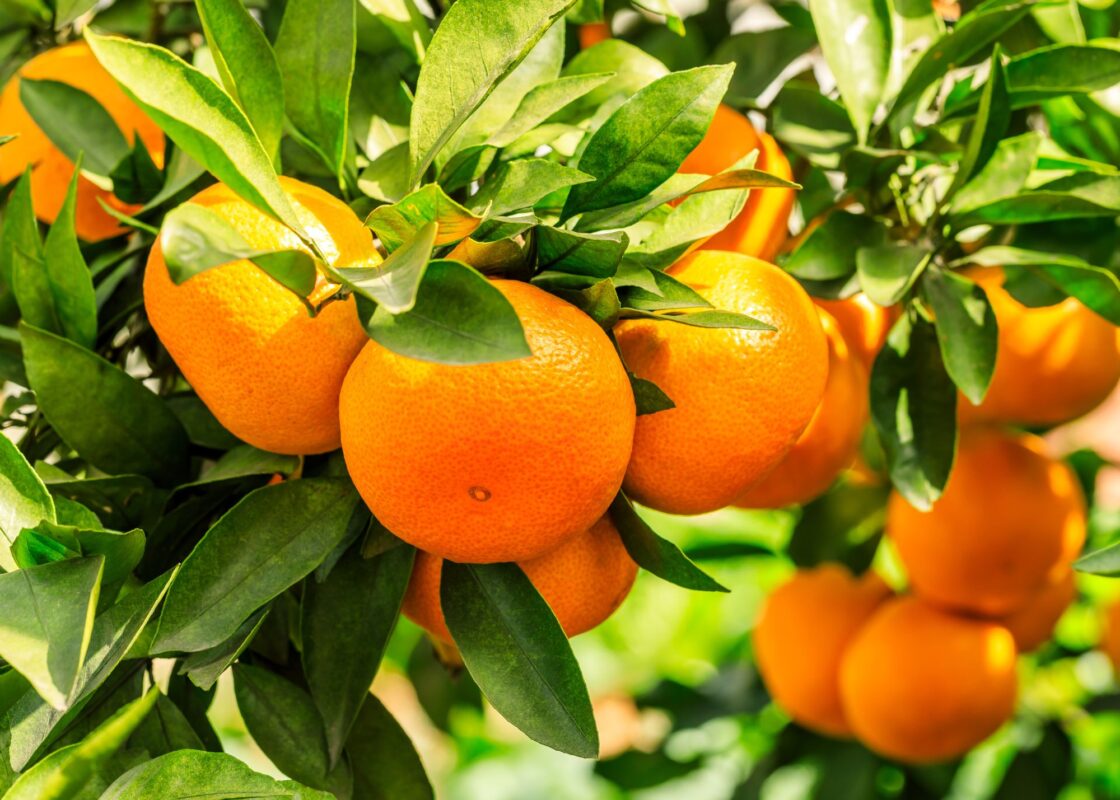
Reflecting on insights gained at the Australian Citrus Conference, let’s peel back the layers on what’s blossoming and where the industry is headed.
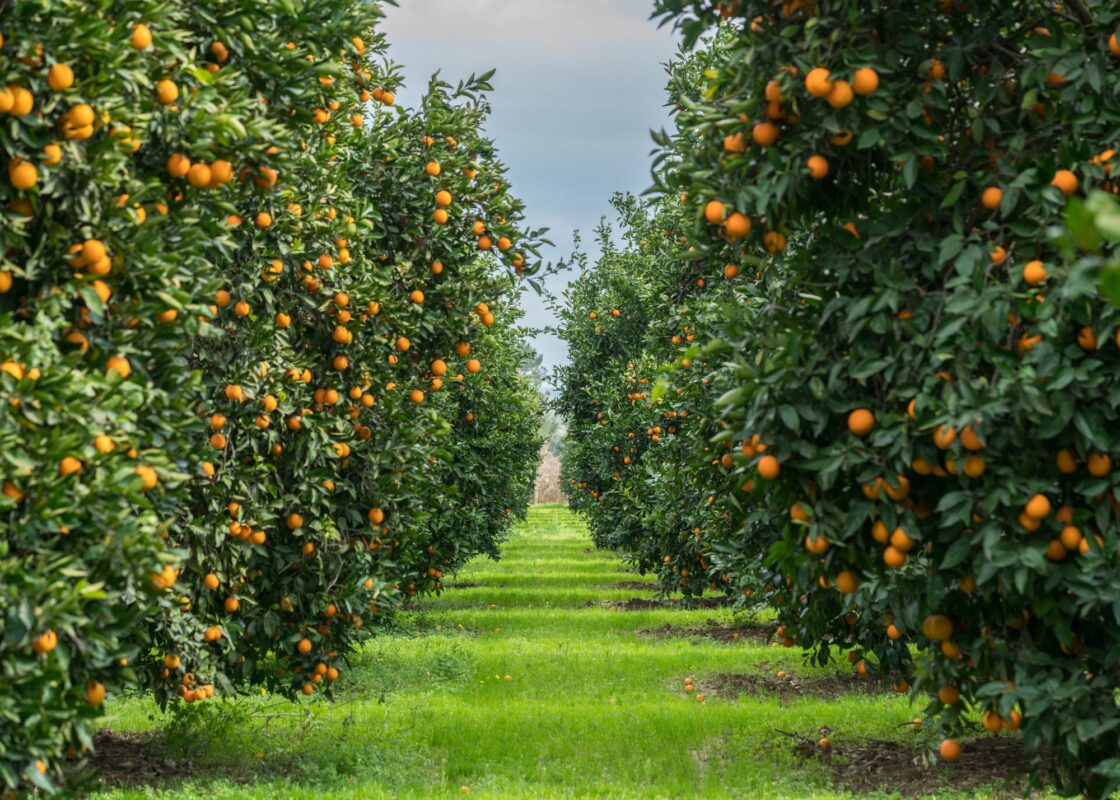
The Lay of the Land
Our citrus landscape stretches over 38,000 hectares, with every region adding their own flavours to the mix. Production is spread across key areas, including the Riverina, Murray Valley, Queensland, and Riverland, with small volume contributions from Western Australia and the Northern Territory. But here’s where it gets interesting: nearly 6,000 hectares of non-bearing plantings are nestled within this expanse, silently waiting to burst into life. These fields are predicted to add a staggering 200,000 tonnes of citrus to our market, especially in the orange and mandarin categories.
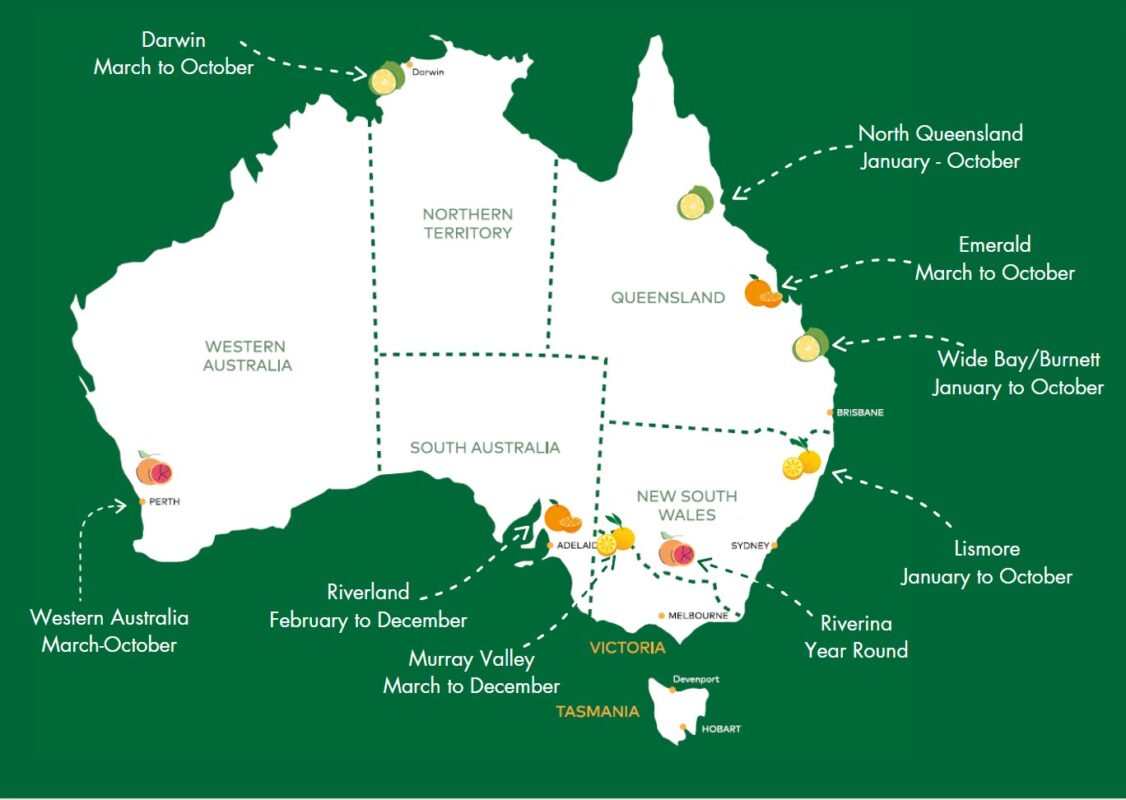
Market Insights and Opportunities
The Conference’s keynote sessions provided a wealth of insights, shaping our grasp of the wider production and trade landscape. With experts from across the globe sharing their wisdom, we delved into the macro trends at play. The analysis of varietal trends against a backdrop of global citrus production presented a clear directive towards diversifying the orange segment. In the face of international production challenges, Australia’s citrus industry is uniquely positioned to capture a larger slice of the Asian market, where the appetite for premium citrus shows no signs of waning.
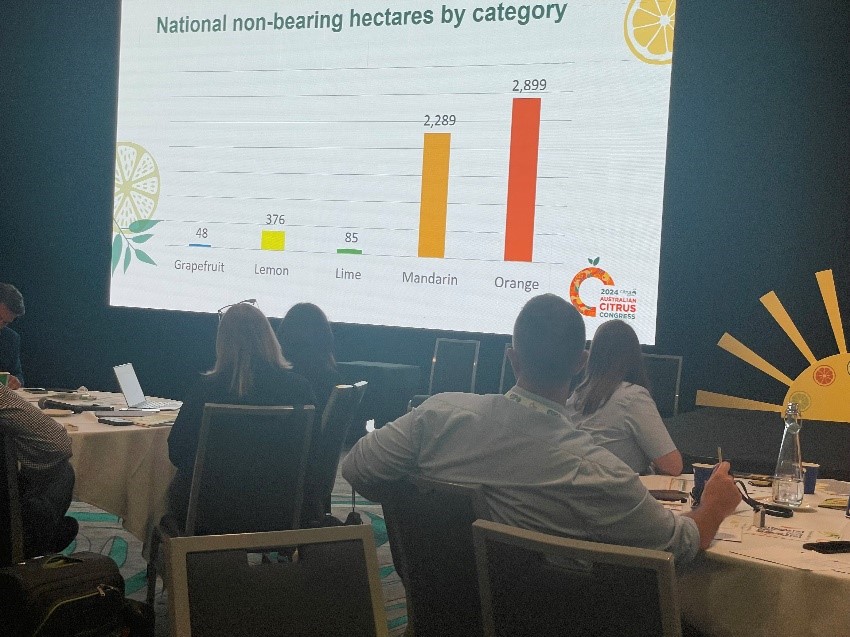
Challenges and Strategies
However, the path to citrus glory is lined with more than a few thorns. Escalating costs, labour challenges, and the ever-tangled web of geopolitics threaten to snag progress. Panel discussions provided a forum for strategising to sustain the industry’s long-term viability, enhance operational efficiency, and tackle waste. Emphasis was placed on technology and innovation as keys to navigating these challenges, showcasing a united front in the pursuit of strategic market engagement and operational excellence.
Labour Management and Mechanisation
Citrus Australia’s CEO, Nathan Hancock, shared candid insights – labour management issues are deepening, influenced by ever-changing policies and a tight labour market. He pointed out the crucial need to adopt technology to ease our reliance on extensive labour forces entering a new era through mechanisation, from automated tractors to advanced sorting machines. This shift means labour shortages won’t be the sector’s downfall; instead, it will drive the industry towards adopting smarter, more sustainable practices.
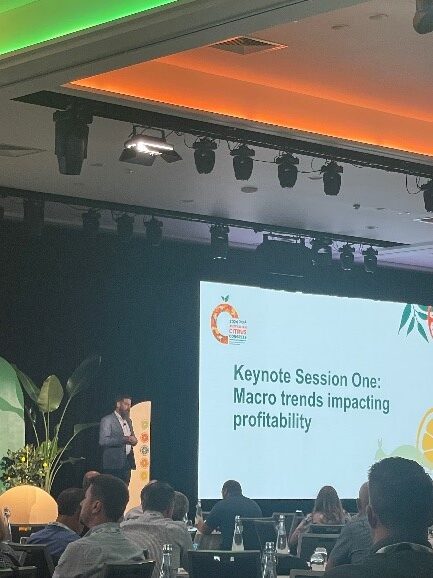
Future Projections and Market Access
Our production is on the rise and is expected to hit the 1.2 million tonne mark in the next five years. That’s a lot of citrus needing homes, both here and overseas. With sights set on Vietnam and Korea, efforts are underway to mitigate geopolitical barriers and cement Australia’s status as a leading global citrus supplier.
